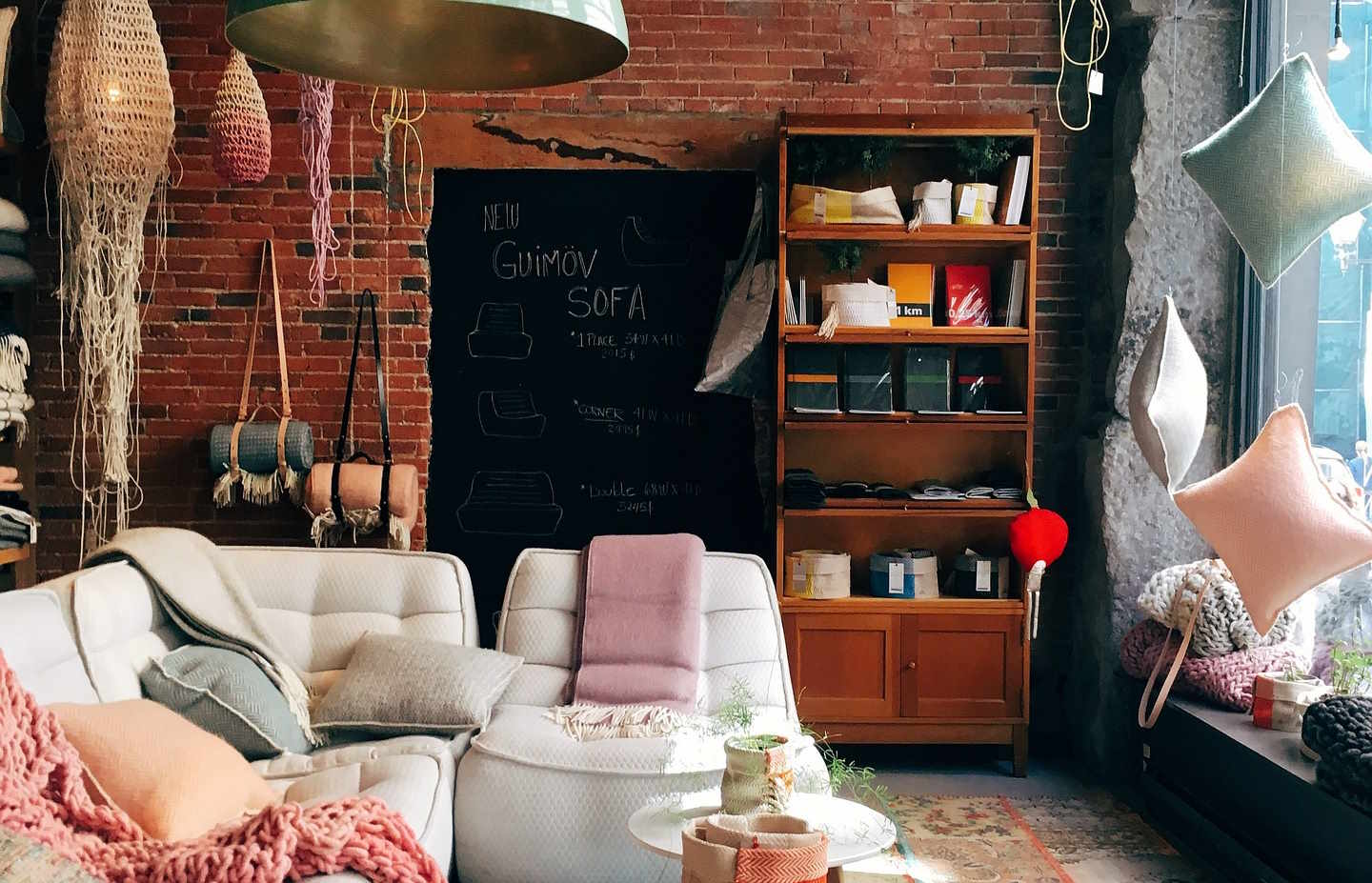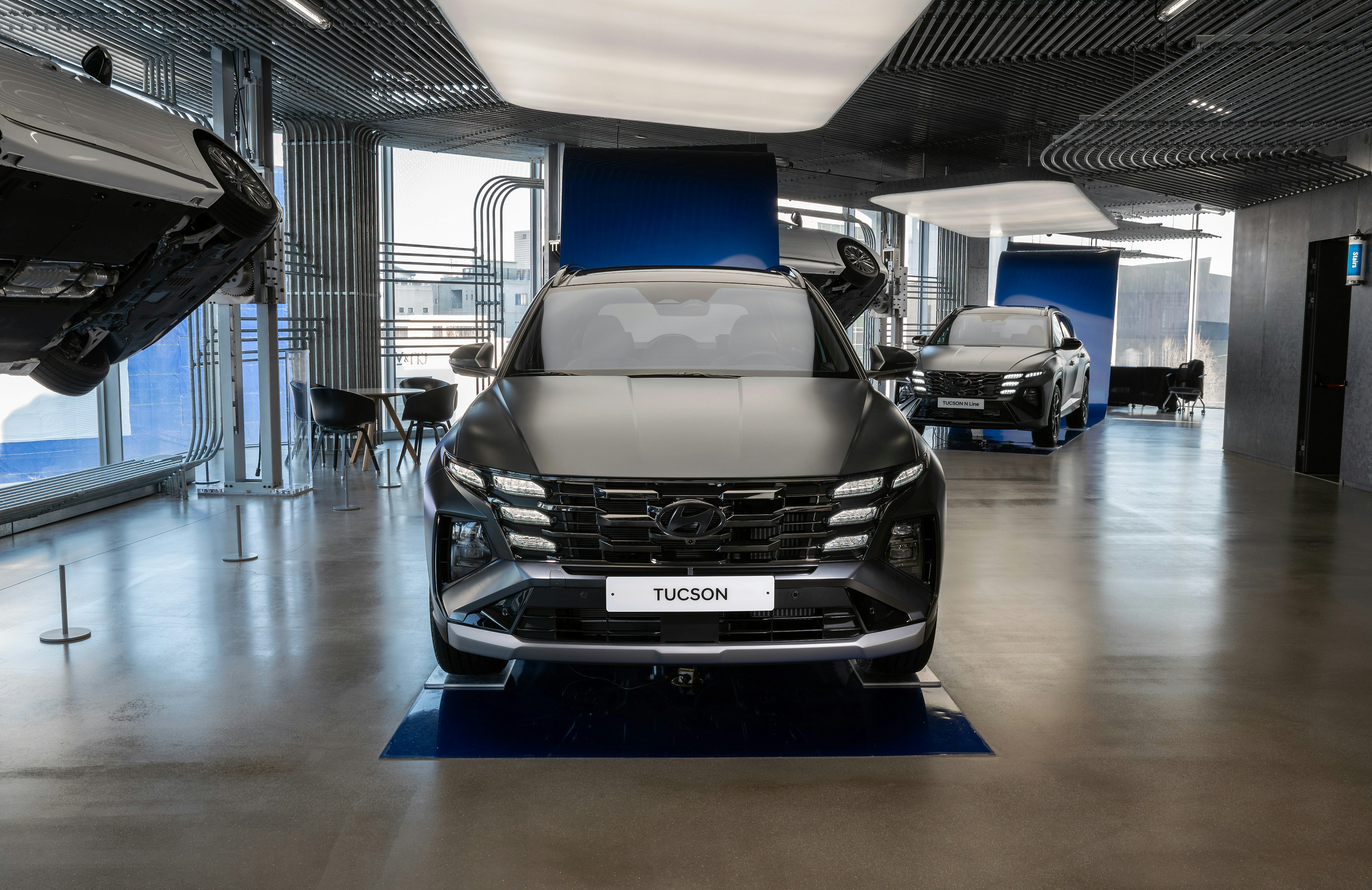The Fusion of Traditional and Modern Elements in Home Design
In the realm of interior design, a fascinating fusion of traditional and contemporary elements is shaping the aesthetics of 21st-century homes. This harmonious blend, often dubbed as "transitional style," offers a refreshing take on home decor, allowing homeowners to enjoy the best of both worlds.
The Genesis of Transitional Style
Transitional style is not a new phenomenon. It began to gain traction in the late 20th century as an answer to the stark contrast between traditional and contemporary design. Originally, traditional design was characterized by ornate detailing, dark woods, and rich colors, reflecting the grandeur of the past. On the other hand, contemporary style mirrored the minimalism of the modern age, with clean lines, light colors, and a focus on functionality.
The transitional style was born out of the desire to merge these two disparate worlds, creating a unique balance that reflects both past and present. It’s the golden middle ground for those who appreciate the warmth of traditional design but also crave the simplicity of the contemporary aesthetic.
Current Trends in Transitional Style
In today’s interior design landscape, transitional style is gaining immense popularity. It lends an air of timeless elegance to homes, exhibiting a perfect blend of comfort and modern sophistication. The color palette is typically neutral, allowing for a seamless flow from one room to another.
Furniture pieces often feature straight lines or rounded profiles, with minimal ornamentation to keep the look sleek yet inviting. Textures and patterns are subtly used to add depth and interest without overwhelming the space. This harmonious blend of elements results in a warm, welcoming, and stylish space that remains relevant despite shifting trends.
The Practicality of Transitional Style
Transitional style is highly adaptable, making it a practical choice for homeowners. It allows for the incorporation of various design elements, enabling homeowners to personalize their space based on their preferences. This flexibility also makes it easier to update or refresh the decor over time without requiring a complete overhaul.
Market trends show a growing preference for transitional style, as it brings together the best aspects of traditional and modern design. It enhances daily living by providing a comfortable, aesthetically pleasing environment that reflects the homeowner’s unique taste and lifestyle.
The Impact of Transitional Style on Daily Living
Transitional style isn’t just about aesthetics—it also has a significant impact on daily living. The emphasis on comfort and functionality ensures that homes are not only beautiful but also practical and livable. The neutral color palette creates a calming environment, ideal for relaxation and stress relief.
Moreover, the fusion of traditional and modern elements allows for a space that feels both familiar and fresh. This blend of old and new can evoke a sense of nostalgia while also fostering a forward-thinking mindset, enhancing the overall living experience.
Conclusion
Transitional style is a testament to the evolution of interior design, reflecting the changing tastes and lifestyles of the modern homeowner. By seamlessly blending traditional and contemporary elements, it offers a fresh, unique approach to home decor. As we continue to navigate the 21st century, transitional style is poised to remain a significant influence in the world of home design, shaping the way we live and experience our homes.







